Utah Elk Hunting: Success Secrets in the Beehive State’s Backcountry
When it comes to Utah elk hunting , few places can match the breathtaking beauty and abundance of opportunities. Nestled in the heart of the Rocky Mountains, this western state boasts a vast and diverse landscape that ranges from expansive valleys to rugged mountains. Within these varied terrains, one can find a thriving population of elk, one of North America’s most sought-after big game species.
Hunting is vital in maintaining healthy ecosystems and ensuring sustainable wildlife populations. In Utah, elk hunting is an essential wildlife management tool for regulating herd numbers and preventing overpopulation.
By carefully monitoring the size and health of elk herds, state wildlife agencies can make informed decisions regarding hunting seasons, bag limits, and tag allocations. These measures aim to maintain a balanced ecosystem where elk can flourish while also considering the needs of other native species.
Understanding Elk Behavior and Habitat
Elk migration patterns in Utah’s mountains and valleys
Utah’s majestic mountains and sprawling valleys serve as crucial habitats for elk, offering them a diverse range of environments to thrive in. Elk are highly adaptable creatures known for their seasonal migrations that take them across vast distances. In the summer months, herds can be found at higher elevations, where the lush alpine meadows provide abundant forage.
As the temperatures drop and winter approaches, these magnificent animals move to lower elevations in search of milder climates and access to food sources that remain available despite the snow cover. Observing these migration patterns is key to planning a successful hunt.
Preferred habitat characteristics for elk, including food sources and cover
When it comes to selecting their habitats, elk have some distinct preferences. They are creatures of habit who opt for areas with a specific mix of food sources, water availability, and suitable cover. These majestic animals rely heavily on grasses, shrubs, and herbs and browse during the summer when they need to accumulate fat reserves before winter sets in.
Aspen groves provide nutrition later, while coniferous forests offer prime bedding sites where they can rest undisturbed during the day. Additionally, access to water bodies such as rivers or streams is vital throughout the year for hydration purposes.
By understanding these habitat preferences, hunters can strategically position themselves in areas likely to attract elk populations during different seasons.
Obtaining a Hunting License in Utah
Before embarking on your Utah elk hunting adventure, it is crucial to understand the process of obtaining a hunting license. The application process typically begins several months before the hunting season. The Utah Division of Wildlife Resources (DWR) manages the issuance of hunting licenses, and applications can be submitted online or through mail.
Each year, the DWR sets specific deadlines for submitting applications. It’s important to mark these dates on your calendar to ensure you don’t miss out on your desired hunt.
Typically, there are separate application periods for general season and limited entry hunts. FFees vary depending on your chosen license type and whether you are a resident or non-resident hunter.
General season licenses are generally more affordable compared to limited entry licenses. Additional fees may also be associated with preference points or special permits.
License Types
In Utah, hunting can access general season and limited-entry elk hunts. General season licenses allow hunters more flexibility and opportunities as they can hunt in various units during specific timeframes outlined by the state’s regulations. Limited entry hunts provide an exclusive experience, with fewer hunters allowed in specific units known for trophy-sized bulls or quality hunting experiences.
These units require drawing a limited entry permit through a lottery system due to their popularity and restricted quotas. The limited entry system is designed to maintain herd numbers while providing coveted opportunities for those who draw these special permits.
It’s important to note that drawing odds can differ significantly based on factors such as unit popularity, hunter preference points, and the number of available permits. Before making a decision, carefully consider your hunting goals and preferences.
If you seek a more challenging hunt with potentially higher trophy quality, limited-entry hunts may be the ideal choice. However, general season hunts offer greater accessibility and flexibility for those who prefer a less competitive experience.
Planning for a Successful Hunt
Researching Hunting Units and Drawing Odds for Better Chances
Choosing the right hunting unit can significantly impact your chances of a successful elk hunt in Utah. Each unit has its characteristics, including elk population density, terrain difficulty, and accessibility.
Before applying for a specific unit, it’s crucial to study the available resources, such as harvest reports, population estimates, and success rates. These data will give you valuable insights into each unit’s hunting quality.
Additionally, consider the drawing odds for each unit, which indicate how likely you are to obtain a coveted limited entry tag. By analyzing these factors thoroughly, you can make an informed decision and improve your chances of bagging that trophy elk.
Season Dates and Weather Considerations for Optimal Hunting Conditions
Understanding the season dates is essential to plan your hunt effectively. Utah offers diverse hunting opportunities for archery, muzzleloader, and rifle hunts in different seasons.
Archery seasons are often better in late August or early September, mostly when elk are still actively rutting. Muzzleloader seasons usually follow archery hours, while rifle hunts take place later in September or October when elk start to gather in larger herds.
Selecting a season that aligns with your preferred hunting method and personal preferences is important. Moreover, weather conditions play a critical role in successful elk hunting.
Watch weather forecasts as they affect your elk behavior and your comfort during the hunt. In early archery hunts, warm weather can slow down elk activity during daylight hours as they seek cooler spots during midday heat.
Conversely, cold temperatures during rifle season may push herds towards lower elevations or cause them to become more active throughout the day, seeking food sources before harsh winter arrives. Remember that researching hunting units thoroughly and considering both season dates and weather conditions will help optimize your chances of a successful and enjoyable Utah elk hunting experience.
Gear and Equipment Essentials
Choosing the right firearm or bow based on personal preference and skill level
When selecting the perfect weapon for your Utah elk hunting adventure, there are a few important factors to consider. Firstly, think about your own comfort and experience level.
If you’re more comfortable with firearms, a high-powered rifle would be the way to go. Look for calibers such as .270 Winchester, .30-06 Springfield, or even—300 Winchester Magnum for those longer shots.
On the other hand, if you prefer a more intimate experience and have honed your archery skills, a compound bow can provide the challenge you seek. Choose one with enough draw weight to penetrate an elk’s tough hide and enough accuracy for those crucial shots.
Must-have gear
Proper gear is essential for any successful elk hunt in Utah. Let’s start with clothing layers – dressing in breathable base layers is key to staying comfortable during varying temperatures throughout the day. Add insulating mid-layers like fleece or down jackets to trap body heat when needed.
Don’t forget waterproof outer layers to shield yourself from rain or snowfall. When it comes to boots, opt for sturdy hiking boots that offer ankle support and waterproof capabilities; trust me when I say that blisters are not what you want, slowing you down!
As for optics, invest in quality binoculars with good light transmission – spotting elk from a distance can make all the difference in planning your approach. Elk calls are another essential tool: bugles imitate dominant bull elk sounds, while cow calls can attract bulls during the rutting season.
Ensure you have a comfortable backpack that can carry all your necessary supplies – water bottles/bladders (hydration is key!), extra ammunition/arrows if applicable, field dressing tools, and even a lightweight game cart if you plan on packing your harvest. Choosing the right gear can greatly enhance your enjoyment and success during your Utah elk hunting adventure.
Techniques for Spotting and Stalking Elk
Utilizing binoculars or spotting scopes to locate elk from vantage points
When spotting and stalking elk, having a good pair of binoculars or a quality spotting scope is essential. These optical tools allow you to scan landscape areas, searching for any signs of elk activity.
Look for open meadows, grassy slopes, or timbered edges where you will likely feed or rest. With your binoculars, focus on areas with fresh tracks, droppings, or even patches of hair left behind by rubbing bulls.
Be patient and observant; sometimes, it takes a while to spot these majestic creatures amidst their natural surroundings. Once you’ve spotted a group of elk, note their location relative to prominent landmarks so you can plan your approach accordingly.
Strategies for stealthy movement while closing the distance on elk
Closing the distance on an elk requires finesse and stealth. As our approach, stay low and use available cover like trees, rocks, or shrubs to conceal your movements. Move slowly and deliberately – sudden movements can alert nearby elk and send them fleeing before you even get close enough for a shot.
Pay attention to wind direction; always try to position yourself so your scent won’t be carried toward the herd. If possible, utilize natural terrain features like ridges or vallto to help mask your sight and sound as you move closer.
Take advantage of any opportunities for crawling or crouching behind objects that break up your silhouette against the skyline. Remember: patience is key when stalking elk.
Take breaks if needed – staying still in hiding can often be more effective than pushing forward too quickly only to spook them away! By employing these techniques with precision and careful observation, you stand a better chance of getting within range for a successful shot.
Mastering Elk Calling Techniques
Types of Elk Calls: Bugles, Cow Calls, Grunt Tubes
When it comes to elk hunting, mastering the art of calling is crucial for success. Hunters employ various types of elk calls to attract these majestic creatures.
One popular option is the bugle call, which mimics the distinctive sound of a bull elk during the rut. Bugles range from simple mouth calls to more advanced electronic devices producing realistic bugle sounds.
The second type of call is the cow call. This vocalization imitates the sounds of female elk and can effectively entice bulls during any part of the season.
Cow calls come in different forms, such as diaphragm mouth calls or external reed calls that produce mews or estrous cow sounds. Last but not least, we have grunt tubes.
These versatile tools are designed to replicate the grunting of cows and bulls. Using different techniques and manipulating their pitch and volume, hunters can create convincing sounds that pique an elk’s curiosity or provoke a response.
Tips on Mimicking Realistic Elk Sounds to Attract Bulls During Rut
Mimicking realistic elk sounds requires practice and understanding their behavior during different phases. Here are some valuable tips to enhance your calling game:
- Start with listening: Spend time in elk country listening to actual elk vocalizations—this will help you internalize their unique tones and cadence.
- Pace your bugling: During peak rut, it’s common for bulls to emit long series of bugles with distinctive rises and falls in tone. Try matching this rhythm when bugling yourself.
- Vary your cow calls: Elk cows produce different sounds to communicate messages, such as estrous mews or lost calf calls. Practicing these variations will help you connect with bulls in different situations.
- Blend in natural sounds: Incorporate subtle sounds of leaves rustling, twigs snapping, or brush breaking to make your calling appear more authentic and draw the attention of nearby elk.
- Don’t overcall: While it’s important to experiment with different calls, remember that elk can become cautious if they sense something is off. Start with softer calls and gradually increase volume and intensity.
You increase your chances of drawing in bulls during their rutting season by mastering the art of elk calling and utilizing the right techniques at the right time. Remember, practice makes perfect!
Utah’s Trophy Bull Units
If you’re a serious elk hunter in Utah, you may want to set your sights on the renowned trophy bull units scattered throughout the state. These units are famous for consistently producing impressive bulls that would make any hunter’s heart race with anticipation. Let’s take a closer look at some of these units.
Highlighting specific units known for producing trophy-sized bulls
One unit that stands regarding trophy bull potential is the famed Henry Mountains unit in southeastern Utah. Known for its large, mature bulls, this area offers expansive, rugged terrain that challenges even experienced hunters.
The genetics of the elk population in this region play a significant role in their exceptional antler growth, resulting in jaw-dropping trophies.
Another remarkable unit is the Paunsaugunt unit located near Bryce Canyon National Park. This area has been consistently producing record-breaking bulls over the years. Its unique combination of thick forests, open meadows, and rocky ridges provides an ideal habitat for elk to thrive and grow massive antlers.
Live Long: genetics, habitat quality, limited access
The success of these trophy bull units can be attributed to several key factors. First and foremost is genetics. The elk populations within these areas possess superior genes passed down through generations. This genetic advantage contributes to larger body sizes and magnificent antler development.
Habitat quality is another crucial factor driving trophy bull production. These areas have nutritious forage plants such as grasses, shrubs, and browse species that contribute to healthy elk populations with robust antler growth potential.
Additionally, proper management practices ensure balanced predator-prey dynamics and sustainable herd numbers. Last but not least, limited access plays a significant role in the success of these trophy bull units.
By restricting the number of hunters allowed in these areas, wildlife management authorities can reduce hunting pressure and allow elk populations to reach their full potential. This limited access means mature bulls have a higher chance of surviving to older ages, allowing ample time to develop impressive antlers.
As an avid elk hunter, setting your sights on one of Utah’s trophy bull units can provide you with an unforgettable experience and the opportunity to pursue truly majestic animals. However, it’s important to approach these units with respect for the land and wildlife, adhering to ethical hunting practices and regulations set forth by Utah’s Division of Wildlife Resources.
The Ethics of Fair Chase Hunting
Exploring the principles of fair chase hunting in pursuit of ethical harvests
When it comes to hunting, the concept of fair chase is essential. Fair chase embodies the notion that hunters should pursue game animals in a manner that respects their instincts and provides them with a reasonable chance to escape.
It emphasizes the ethical aspect of hunting, ensuring that wildlife populations are sustained, and animals are harvested humanely. Fair chase hunting revolves around giving animals a sporting chance by adhering to regulations, avoiding unethical practices such as baiting or spotlighting, and embracing the challenge and respect for nature that comes with the hunt.
Respecting wildlife boundaries and ensuring
Part of practicing fair chase is respecting wildlife boundaries and behaving responsibly while pursuing the game. This means understanding property rights, obtaining proper permissions when necessary, and refraining from trespassing. Additionally, hunters must have a comprehensive knowledge of hunting regulations specific to each area they intend to explore.
This includes knowing designated seasons, bag limits, and certain methods or equipment restrictions. Respecting these boundaries ensures sustainable management and fosters positive relationships between hunters and landowners or public land managers.
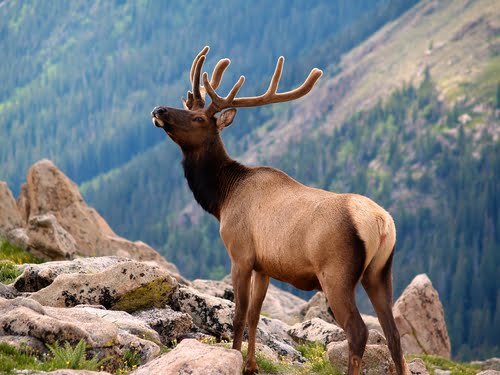
Conclusion
Utah elk hunting offers an exhilarating adventure and an opportunity for ethical engagement with nature’s bounty. By understanding elk behavior, obtaining proper licenses, preparing with appropriate gear, employing effective techniques like spotting-and-stalking or elk calling, and respecting wildlife boundaries through fair chase principles, Utah elk hunters can embark on an exciting experience while contributing positively to conservation efforts.
So whether you are an experienced hunter seeking trophy bulls in Utah’s coveted units or a novice looking for an exhilarating outdoor pursuit amidst breathtaking landscapes – remember to embrace fair chase ethics throughout your journey. By doing so, you honor the hunting traditions and ensure a sustainable future for elk populations, preserving the natural balance and beauty of Utah’s wildlife. Happy hunting!

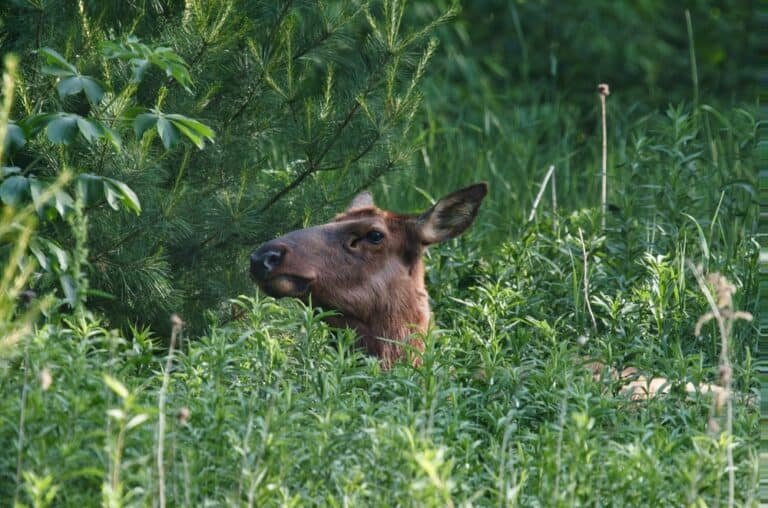

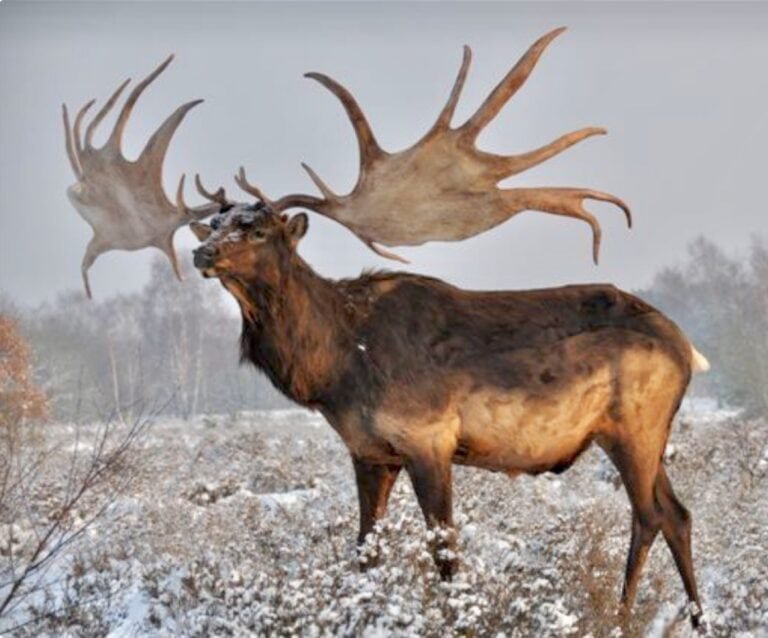
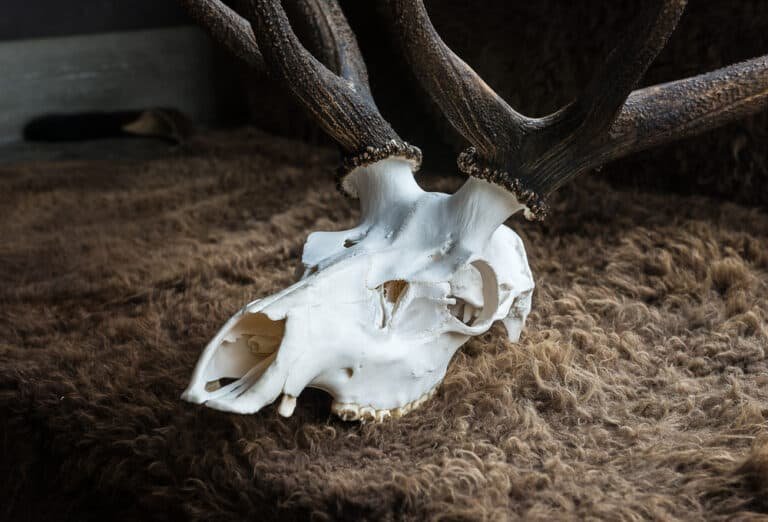
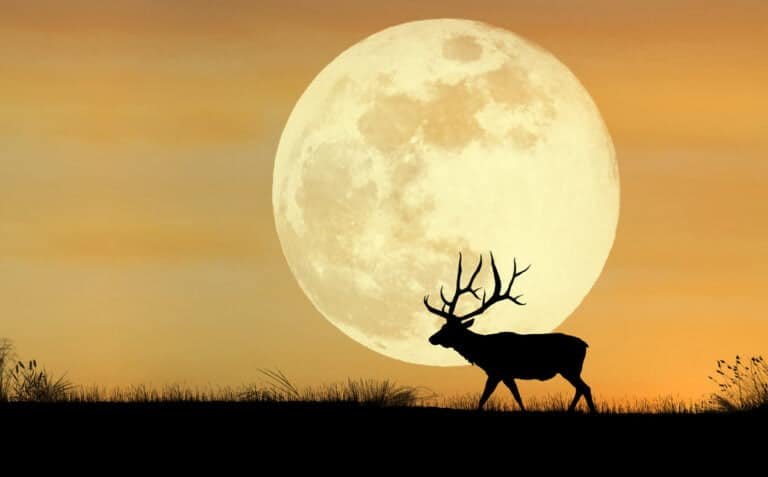

mexico pharmacies prescription drugs
http://cmqpharma.com/# mexican rx online
mexican rx online
pharmacies in mexico that ship to usa: mexican pharmacy – medicine in mexico pharmacies
You have noted very interesting points! ps decent web site.Money from blog
best online pharmacy india: п»їlegitimate online pharmacies india – indianpharmacy com
india online pharmacy: indian pharmacies safe – cheapest online pharmacy india
http://canadapharmast.com/# canadian pharmacies comparison
buy prescription drugs from india: indianpharmacy com – Online medicine home delivery
medicine in mexico pharmacies: medicine in mexico pharmacies – mexico pharmacies prescription drugs
reputable mexican pharmacies online: mexican online pharmacies prescription drugs – mexican drugstore online
http://canadapharmast.com/# best canadian online pharmacy
п»їlegitimate online pharmacies india [url=https://indiapharmast.com/#]indian pharmacy online[/url] buy medicines online in india
canadian pharmacy king reviews: canadian discount pharmacy – canadian drug
pharmacies in mexico that ship to usa: pharmacies in mexico that ship to usa – mexican mail order pharmacies
canadian pharmacy online reviews: safe canadian pharmacy – canadian pharmacy
https://canadapharmast.com/# canadian pharmacy online store
mexican border pharmacies shipping to usa [url=http://foruspharma.com/#]mexico drug stores pharmacies[/url] medication from mexico pharmacy
world pharmacy india: online pharmacy india – indianpharmacy com
mexican mail order pharmacies: mexican rx online – reputable mexican pharmacies online
canadian online drugstore: cross border pharmacy canada – canadian pharmacy reviews
http://amoxildelivery.pro/# where to buy amoxicillin 500mg without prescription
http://doxycyclinedelivery.pro/# doxycycline brand name in india
amoxicillin 750 mg price [url=http://amoxildelivery.pro/#]buy amoxicillin online with paypal[/url] order amoxicillin online uk
http://amoxildelivery.pro/# generic amoxicillin cost
http://ciprodelivery.pro/# buy cipro
order doxycycline online canada [url=https://doxycyclinedelivery.pro/#]doxycycline hyc[/url] generic for doxycycline
http://amoxildelivery.pro/# order amoxicillin online no prescription
https://doxycyclinedelivery.pro/# odering doxycycline
can you buy clomid prices [url=http://clomiddelivery.pro/#]can you buy generic clomid pill[/url] how to buy generic clomid without prescription
https://clomiddelivery.pro/# where to buy generic clomid for sale
http://ciprodelivery.pro/# buy generic ciprofloxacin
buy ciprofloxacin [url=http://ciprodelivery.pro/#]buy ciprofloxacin[/url] ciprofloxacin order online
http://paxloviddelivery.pro/# paxlovid pharmacy
http://ciprodelivery.pro/# ciprofloxacin generic
https://clomiddelivery.pro/# rx clomid
paxlovid pharmacy [url=https://paxloviddelivery.pro/#]paxlovid cost without insurance[/url] paxlovid covid
https://paxloviddelivery.pro/# paxlovid for sale
https://ciprodelivery.pro/# buy cipro online
where can i buy amoxicillin online [url=http://amoxildelivery.pro/#]buy amoxicillin 250mg[/url] amoxil generic
https://paxloviddelivery.pro/# paxlovid for sale
https://ciprodelivery.pro/# buy cipro cheap
how can i get generic clomid for sale [url=http://clomiddelivery.pro/#]get clomid[/url] can i purchase cheap clomid
http://doxycyclinedelivery.pro/# average cost for doxycycline